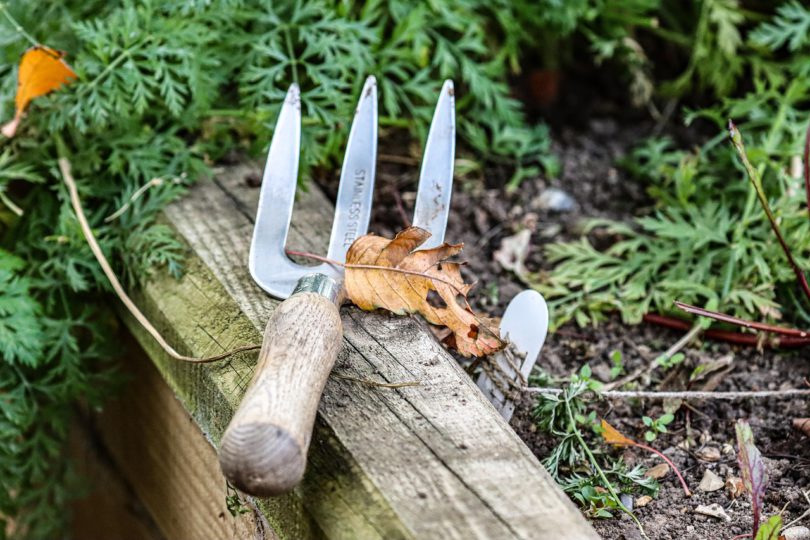Have you ever found yourself lost in thought about the everyday objects that sneak so effortlessly into our lives? It’s funny, sometimes I think about how these things—forks, socks, toothbrushes—become so much a part of our routines that we barely even notice them anymore. Yet, take a closer look, and you’ll find their pasts are anything but dull. They carry tales of resistance, scandal, and even some unexpected brilliance!
The Fork’s Journey from Scorn to Table Sovereignty
Ah, forks. Our trusty meal-time companions. But if you hopped into a time machine back to the 11th century, you’d find folks giving you a sideways glance for using these “little pitchforks” at the dinner table. Scandalous, right? Theodora, a Byzantine princess, dared to introduce them to Venice. What a stir she caused! Imagine clergymen wagging fingers, claiming God provided fingers as natural forks. And when Theodora sadly passed away from illness, whispers of divine punishment floated around.
Fast forward a couple of centuries, forks gradually elbowed their way onto tables, winning over the Italian aristocracy. Thanks to Catherine de Medici in the 16th century, they danced into the French court, shedding their scandalous image. By the 18th century, forks had claimed a permanent spot at dinner tables, and today, we can’t even think of tackling spaghetti without one. Funny how times change!
The Sock’s Story: From Cold Feet to Cultural Symbol
Let’s chat about socks! Those snug foot huggers have tiptoed through time and culture. Back in ancient days, people wrapped their feet with whatever they had lying around—animal hides, woven grass—to fend off the cold. But I doubt they ever imagined socks would one day carry symbolism, too!
The word “sock” hails from “soccus,” a term from Roman comedy—not exactly prestigious. But when William Lee came along in 1589 with his knitting machine, socks started to get interesting. Poor William fell for a woman who seemed more infatuated with knitting than with him. So he invented a machine, only to have Queen Elizabeth I stomp on his dreams, worried for hand-knitters’ jobs. Heartbroken, he fled to France. Guess what? His sock machine found love there.
Socks have since danced along cultural lines—from Scottish Highlanders’ red socks to the culturally rich designs of the Kuna people. And now? Socks are where we express ourselves, sneaking in a bit of fun under formal attire. From mundane to canvas for creativity and identity—socks have quite the arch!
The Toothbrush Tales: Bristles, Bones, and Beyond
Brace yourself for toothbrush tales! Once upon a time, chewing on sticks was all the rage for a fresh mouth. No kidding! Egyptians and Babylonians were all about those chew sticks. The Chinese, though, crafted a more bristle-y version in the 15th century with pig hair—a whole new level.
But leave it to an imprisoned Englishman, William Addis, to take toothbrushes up a notch. Stuck behind bars and dealing with tooth decays, he put together boar bristles and a bone, creating a toothbrush prototype. Once free, he spread his bristly invention far and wide, luck in hygiene for everyone.
Toothpaste was no less peculiar. Romans crushed shells and bones, while the 19th-century folks were dipping into jars, thankfully putting an end to shared pots. Now, our bathrooms are stocked with all kinds of toothpaste wonders.
Earrings: Status, Superstition, and Style
Oh, earrings! More than mere decoration, they tell stories throughout history. Once, they adorned the ears of Egyptian pharaohs, shouting out status. But the tale twists in Rome, where slaves wore them instead. Talk about a flip in status symbol!
Venture eastward, and you’ll find they ward off evil, while sailors used them as life insurance—payment for a proper burial, should seas swallow them whole. Earrings wriggled into fashion by the Renaissance, turning into feminine gems of the elite. Now we wear them to mirror style and mood, whispering secrets in the shimmering swing of precious metal.
Pockets: The Secret History of Functionality
Let’s not forget pockets! Those hidden compartments used to be separate entities, hanging under skirts. Ladies reached through slits for money, keys, letters—it was their secret stash. Ladies’ pockets were essentially their private sanctuary.
The Industrial Revolution changed the game, stitching pockets right into men’s clothing. Women, though, had to wait much longer for fashionable functionality to catch up. And so now, a mere patch of fabric holds freedom and convenience, a testament to time and change.
Concluding Thoughts: Celebration of the Everyday
These stories, my musings really, aren’t just object tales; they’re about human resilience and the quirkiness of invention. These simple tools repaint human history, bind cultures, overcome shaky moments and morph with changing times.
Think about it the next time you grab a fork or slip on a sock. These everyday objects share ancient tales and silly stories, they’re little whispers of revolution perched upon a plate or poking from a pant cuff. Who knew forks and socks could be so… transformative? I can’t help but appreciate the odd beauty of it all. Here’s to the knick-knacks of life, the humble heroes of our everyday existence!

